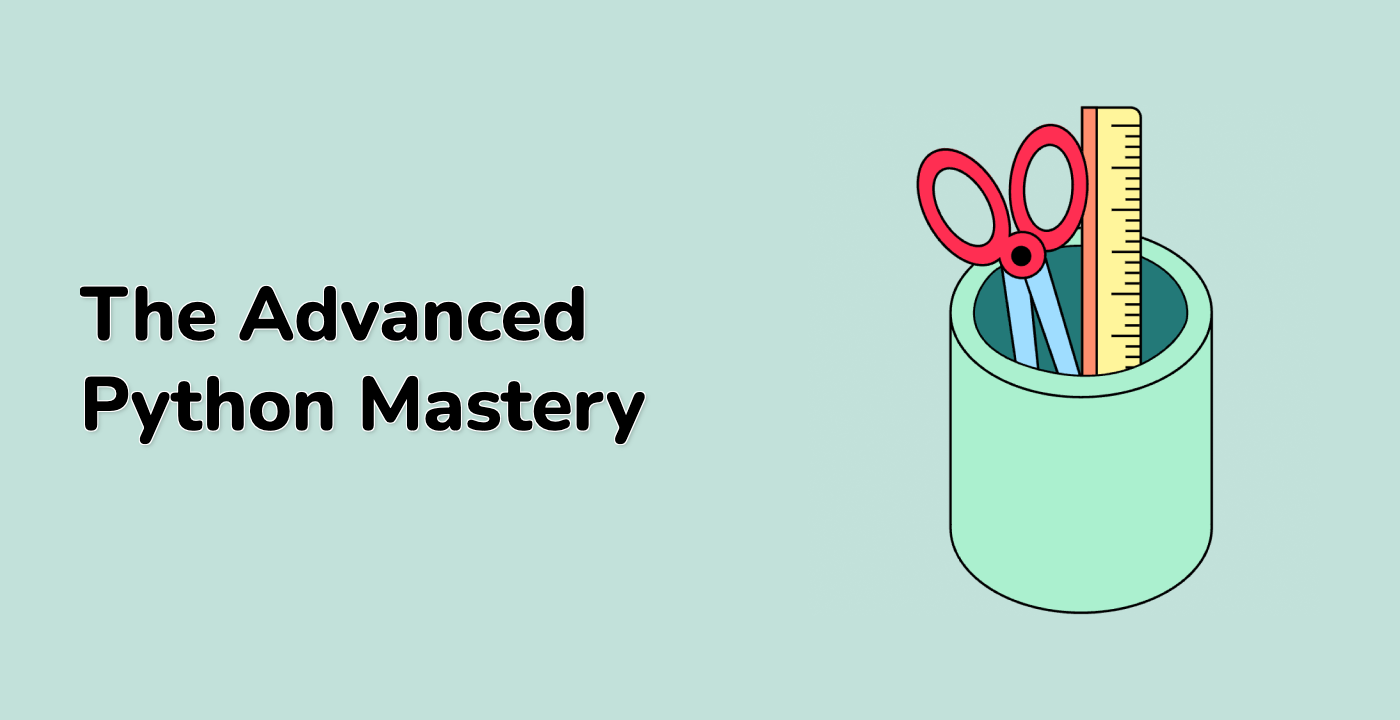Introduction
In this lab, we will learn about structured arrays in NumPy. Structured arrays are ndarrays whose datatype is a composition of simpler datatypes organized as a sequence of named fields. They are useful for working with structured data, such as tabular data, where each field represents a different attribute of the data.
Note: You can write code in
07-structured-arrays.ipynb. Some printing operations are omitted in the steps, and you can print output as needed.




